Box 2: Rocks relating to Earth, Moon and Mars
The Moon's pockmarked face tells a story of meteorite impacts through the ages. It is studded with half a million craters larger than a kilometre across. The surface of the Moon is covered with dusty, pulverised rock which was broken up in these impacts.
Mars is a rocky, red planet, whose colour is due to iron oxide (rust) in its soil. Much of its surface is a freezing desert, covered with rock-strewn dunes. Like the Moon, it is home to thousands of impact craters but its huge volcanoes and vast canyons are unique, the largest discovered in the solar system.
The Earth is the only planet in the Solar system where the temperature and atmospheric pressure allow liquid water to exist at the surface. It is also, as far as we know, the only planet which has life. Water and life, as well as impacts, volcanism, and earthquakes, have sculpted the surface of the Earth into its familiar landforms.
What's in Box 2?
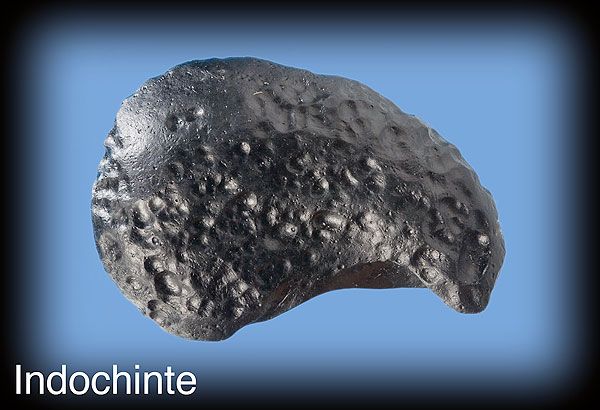
1. Indochinite tektite
Sometimes meteorite impacts melt the Earth's crust and splatter the ground with droplets of rock glass. They are called tektites.
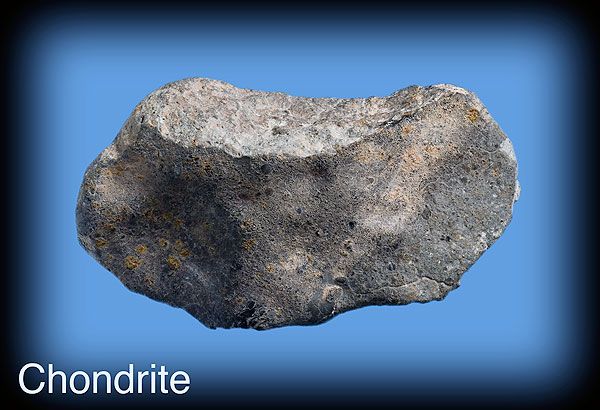
2. Chondrite meteorite
Chondrites are made of small spheres (chondrules) that clumped together in the early solar system. The Earth would have originally formed from material like this.
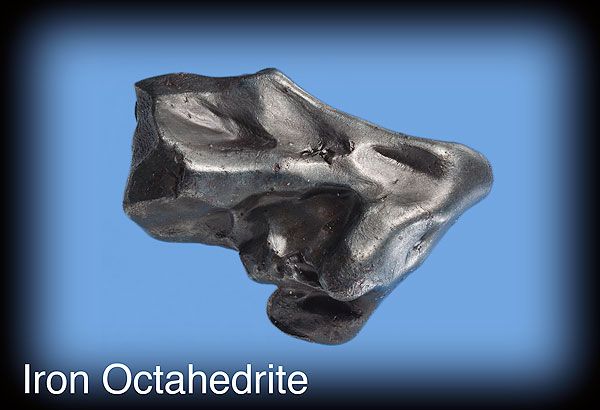
3. Nickel iron meteorite
This meteorite fell on February 12, 1947 in Russia. This is the core of an asteroid, which has a similar composition to the Earth's core.
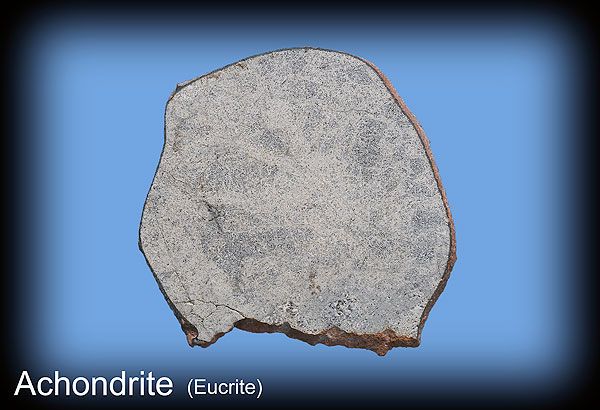
4. Achondrite
Achondrites are stony meteorites. This one comes from the crust of the asteroid 4 Vesta.
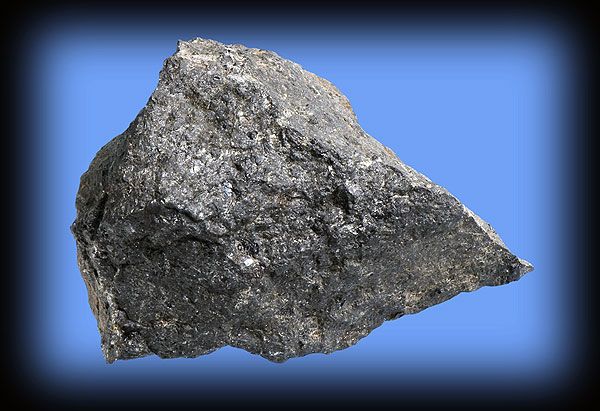
5. Olivine Basalt
This is the type of basalt which is found in the dark areas of Earth's Moon.
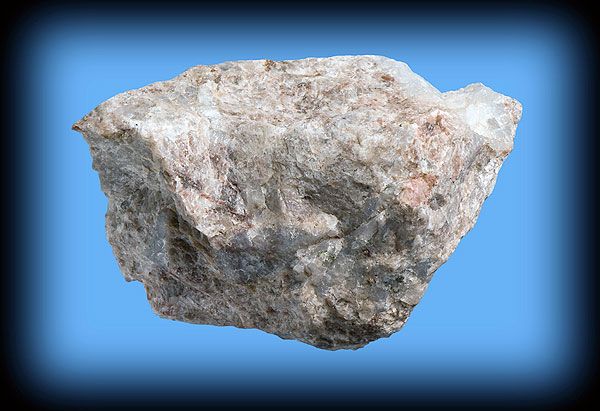
6. Anorthosite
This rock makes up the light-coloured areas of the Moon's surface.
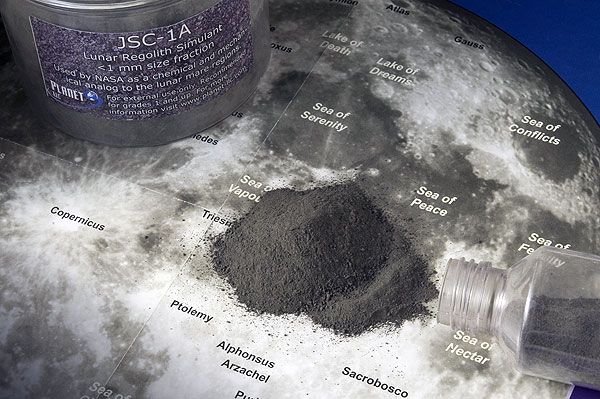
7. Lunar Soil sample
This sample is an official Lunar Soil simulant — used by NASA Scientists to conduct experiments relating to the surface of the Moon.
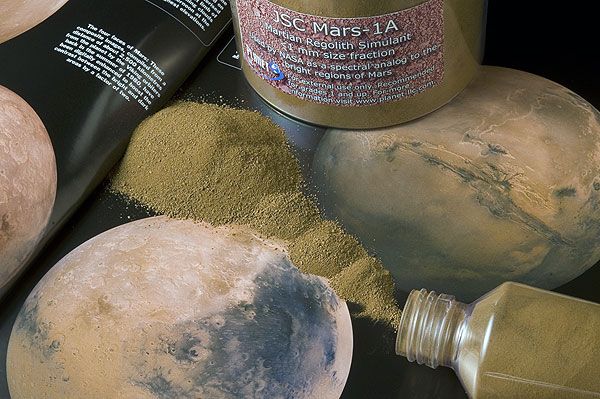
8. Mars Soil Sample
This sample is an official Mars Soil simulant — used by NASA Scientists to conduct experiments on Martian ‘soil’. It is based on analysis of the soil samples collected by the Viking landers in 1976.
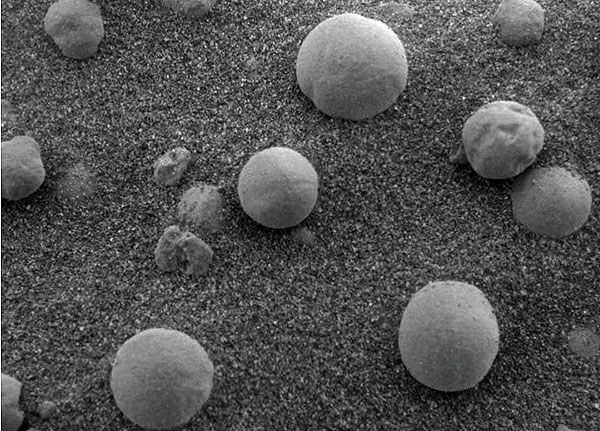
9. Haematite concretions typical of Mars
The Opportunity rover found haematite on Mars in the form of small spheres. The spheres may have formed as rock deposits under watery conditions billions of years ago. The spheres in BOX 2 are examples from Earth of identical minerals. Image: copyright NASA/JPL.
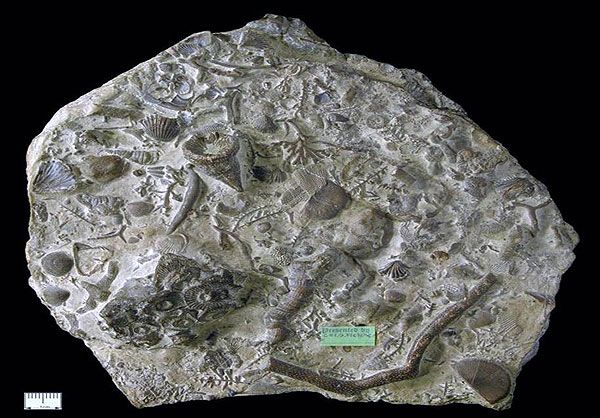
10. Fossiliferous Limestone
Limestone is formed by microscopic marine organisms that secrete protective shells of calcium carbonate. When the animals die, the shells remain and solidify into limestone — evidence of Life on Earth.